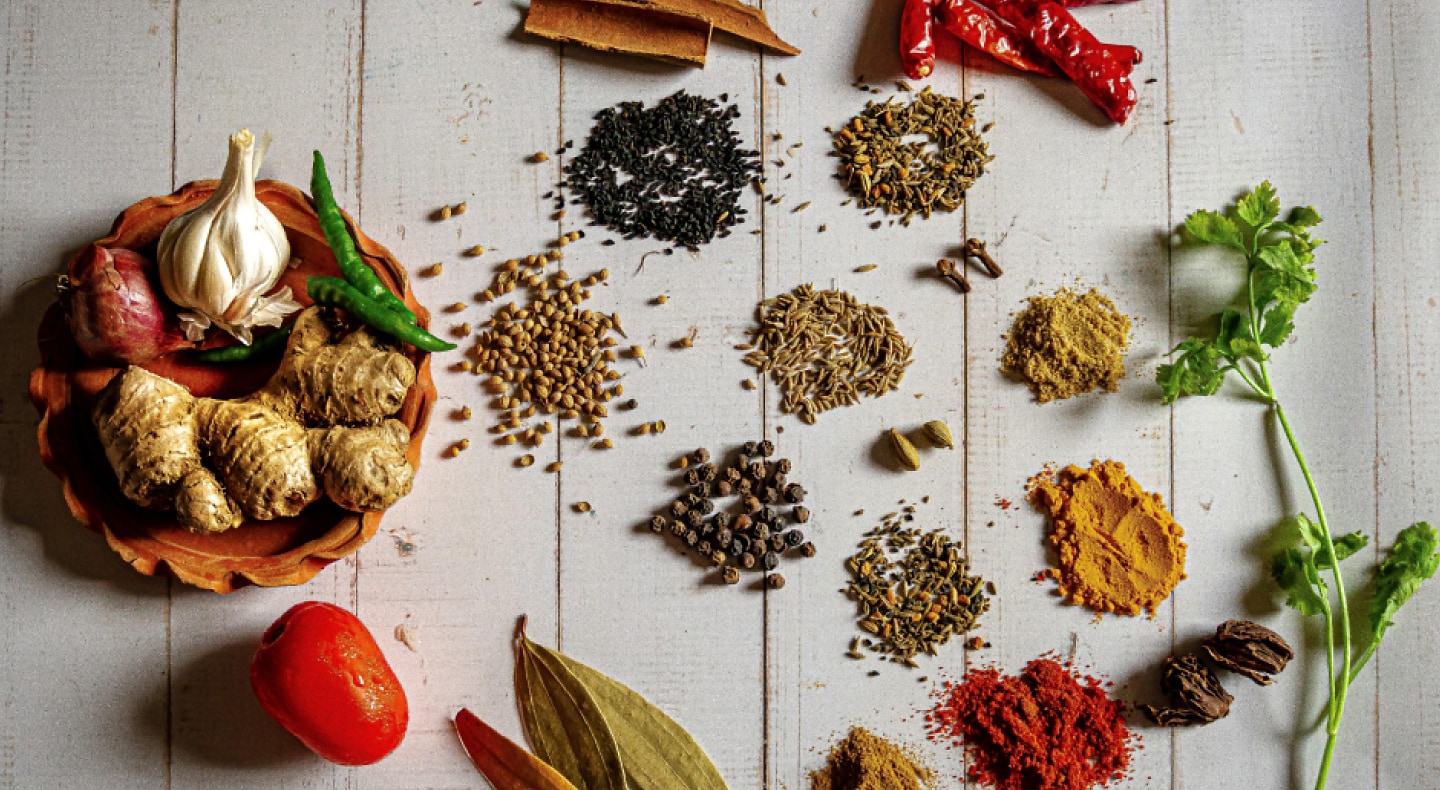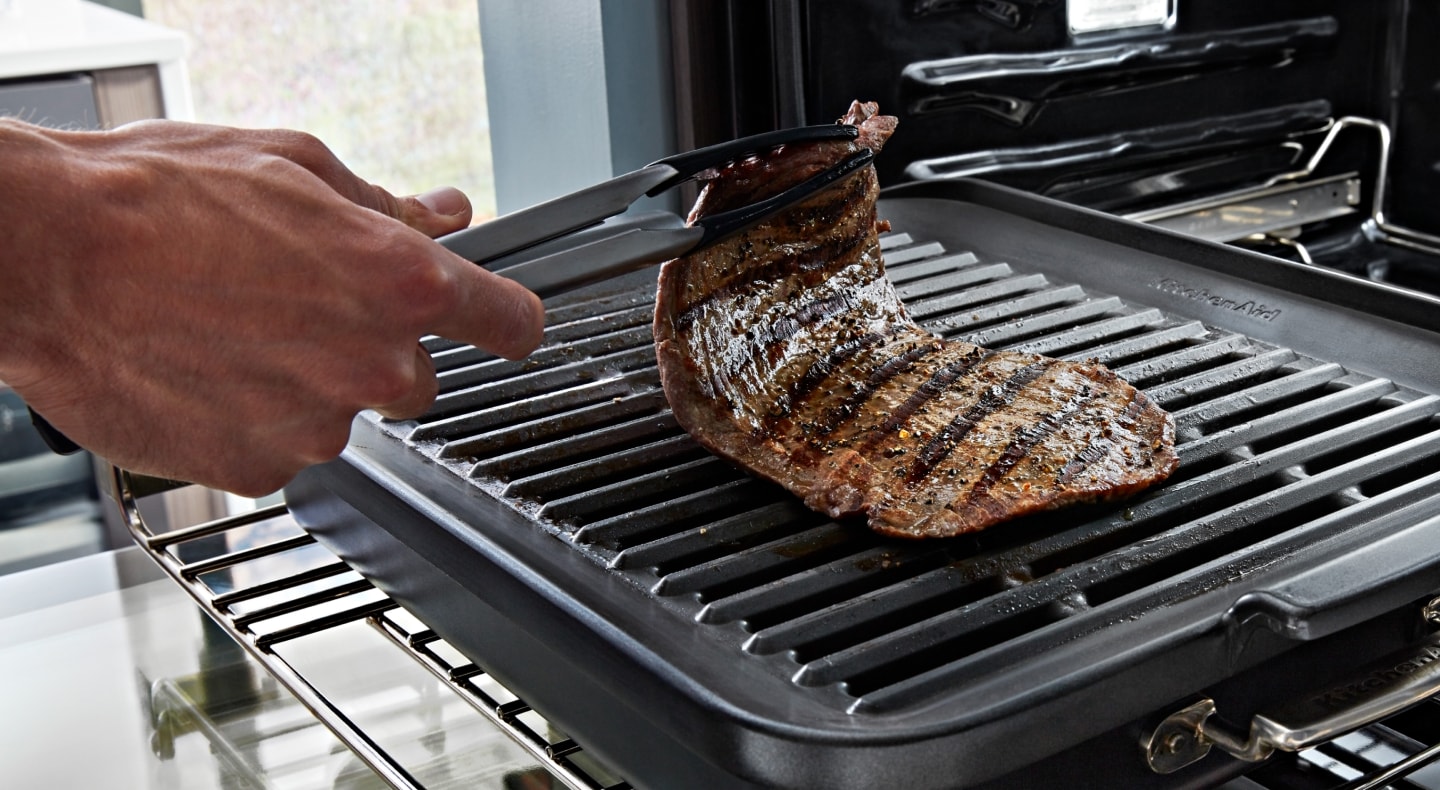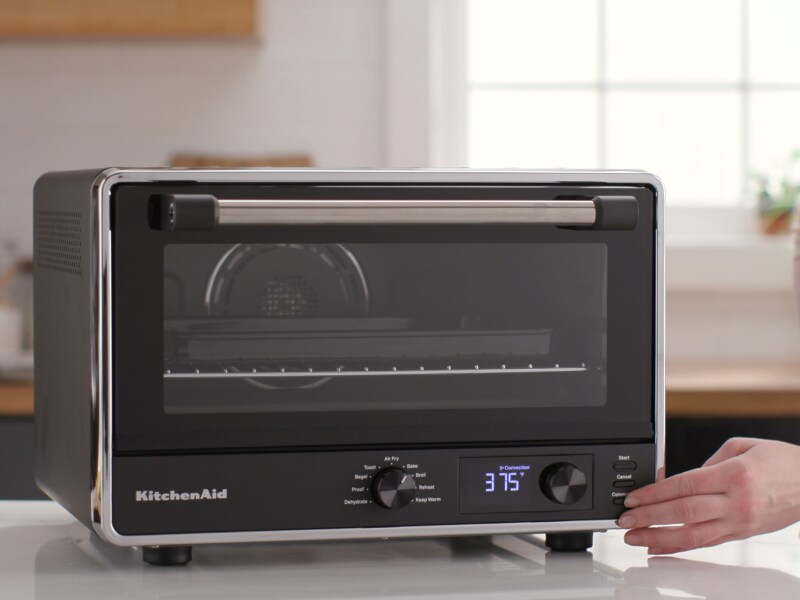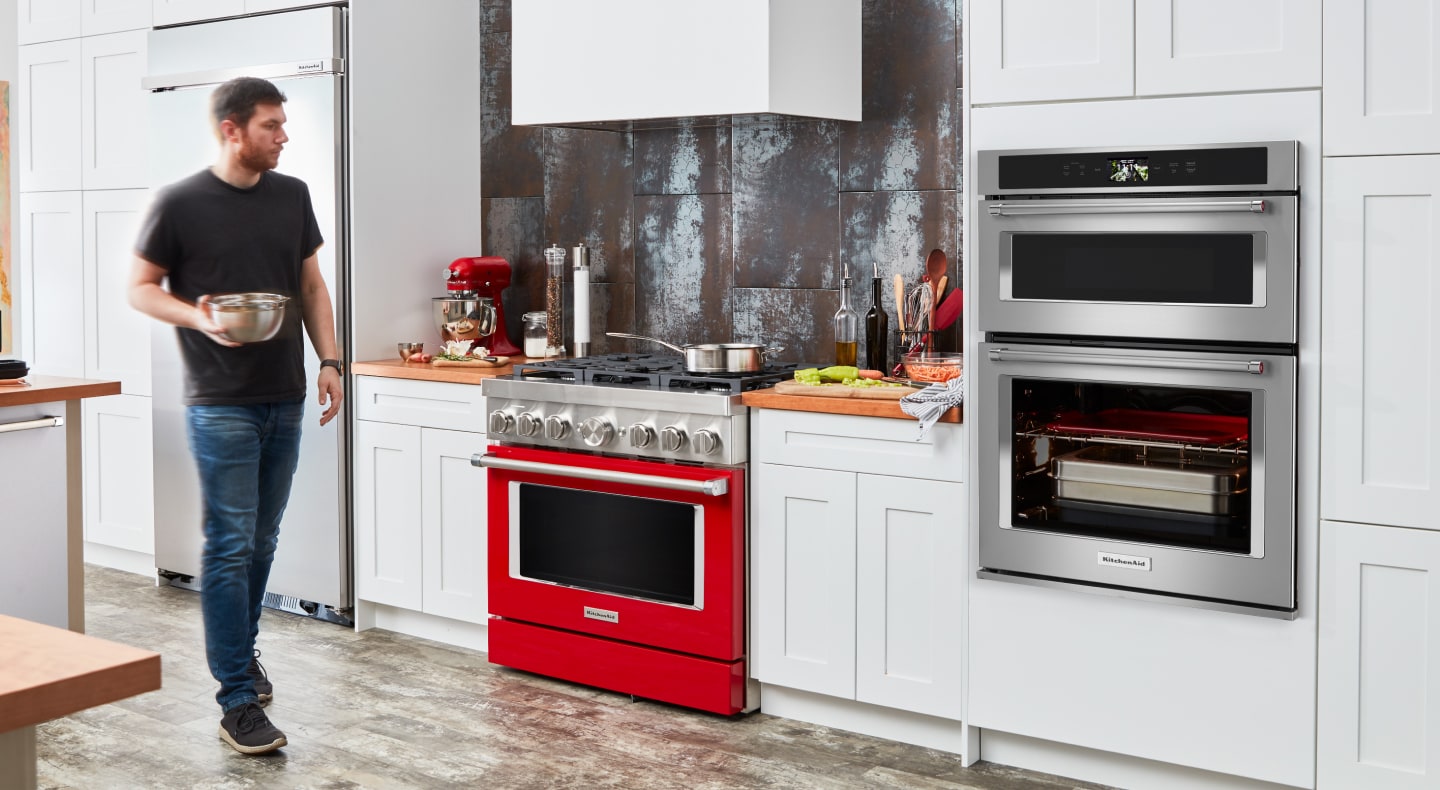
Dehydrating Jerky in a Countertop Oven: Recipe and Tips
While many think of jerky as a road trip staple, there are so many ways to put your spin on it at home. From different seasonings to methods of preparing, it’s easy to elevate protein-rich dehydrated meat as the perfect addition to your weekend charcuterie board. Plus, it’s so easy to make, that you’ll wonder why you haven’t been making it at home all along.
Keep reading to learn how to make beef jerky in a countertop oven at home with select KitchenAid® countertop ovens that feature the dehydrate setting.


What’s the best cut of meat for beef jerky?
The best cut of meat for making beef jerky is eye of round. It is an inexpensive and lean cut that is full of flavor and has the perfect combination of chewy and tender texture. Flank is another excellent cut of meat to use for beef jerky. It has just the right amount of fat coupled with a great tender texture.
How to dehydrate jerky
Use the recipe overview below to help you get started creating your own homemade beef jerky in select KitchenAid® countertop ovens. With the dehydrate function on your countertop oven, you can have flavorful beef jerky made to your tastes for your family to snack on or to complement your next charcuterie board.
Yields
20 servings
Ingredients
Eye of round or flank steak
Soy sauce
Worcestershire sauce
Coarsely ground black pepper
Liquid smoke
Onion powder
Garlic powder
Seasoned salt
Any other seasonings you prefer
Tools
Knife
KitchenAid® countertop oven with dehydrate function
Baking dish
Whisk
Mixing bowl
Wire cooling racks
Prep Time
10 minutes
Cook Time
10 hours
Total Time
10 hours 10 minutes
Step 1: Slice meat
Thinly slice your eye of round or flank steak in strips of about one-eighth inch. Slice the meat against the grain for a more tender result. Place the meat in the freezer for a short period of time before slicing to make it easier to cut.


Step 2: Create marinade
Whisk together the worcestershire and soy sauces, liquid smoke and any seasonings that you’d like to add. Consider adding a bit of cayenne pepper for added spice or brown sugar for a hint of sweetness. For full flavor and enhanced freshness, consider grinding your own spices to create the marinade. Pour the marinade into a baking dish and add the sliced meat. Toss until the meat is evenly coated with marinade.
Step 3: Refrigerate
Place the baking dish in the refrigerator for at least thirty minutes. You can allow the meat to marinate for up to a day. Keep in mind that the longer you marinate, the saltier the flavor may be.


Step 4: Heat the meat
In order to safely dehydrate meat, it is important to heat it to an internal temperature of 165° F first. Once the meat has been heated, it is also important to maintain a dehydrator temperature of at least 145° F.
Step 5: Dehydrate
Lay your strips of meat on the rack of your KitchenAid® countertop oven. Use the dehydrate function to dehydrate your beef for up to ten hours, depending on your desired result. Cooking times will vary depending on your countertop oven model and the thickness of your cuts.
Step 6: Cool
When your jerky is ready, remove it from the countertop oven carefully and allow it to cool on wire cooling racks.
Step 7: Enjoy and store
Once your beef jerky has cooled, it is ready to enjoy. Place it in a sealed airtight container to store for up to two weeks in a cool, dry, dark place. For optimum freshness, you can store it in the refrigerator for up to a month or freezer for up to six months.


Shop KitchenAid® Countertop Ovens for Drying Jerky
What temperature is best for dehydrating jerky?
The preset temperature for dehydrating on your KitchenAid® countertop oven is 150° F. For best jerky results, your dehydrator must reach a minimum temperature of 145° F. Some ovens do not have temperature settings that are low enough to dehydrate meat, so a countertop oven is a great solution.


How long does beef jerky take in a dehydrator?
Drying times can depend on a number of factors such as the cut of meat, its thickness and your dehydrator. You can plan on it taking between six and ten hours to dehydrate. Jerky is typically done when it bends and cracks but does not break in half.
Can I use a dry rub instead of a marinade for jerky?
You can use a dry rub instead of marinade for jerky. Be sure to rub the dry ingredients into the grain of the meat and allow it to sit overnight in the refrigerator as you would with a marinade.
How long does homemade jerky last?
Jerky that has been properly dried and stored will usually keep for a month in an airtight, sealed container in the refrigerator, and even longer in the freezer. Store-bought jerky can typically be stored for up to a year, but it is recommended that you eat it within six months, and within 3 days of opening the package.
Store-bought jerky can last longer than homemade jerky because it contains salt and preservatives that help extend its shelf life.


Can I dehydrate beef jerky in the oven?
Jerky can be dehydrated in the oven as long as it is first heated to an internal temperature of 165° F and the oven is then kept at a minimum temperature of 145° F throughout the process. It is important that you keep air flowing when making jerky, so if you are using a conventional oven, you can prop the door slightly while you dry the meat. A convection oven is an even better option as the air circulates throughout the oven.
You can also make beef jerky in an air fryer instead of an oven. The process will be different, but you may be able to get similar delicious results.
What other types of protein can be dehydrated?
You don’t have to stick to just beef when dehydrating meat. Other popular and delicious options include venison, salmon, bison, turkey and even vegan options like soy protein.
Explore KitchenAid® Convection Ovens
KitchenAid® ovens help you expand the culinary possibilities in your kitchen with a wide range of features. With Even-Heat™ True Convection available on select models, you can keep the air flowing throughout the entire process for optimal results. And if you’re used to cooking with a conventional oven, EasyConvect™ Conversion on select models helps you easily convert your favorite recipes to be made in your convection oven.